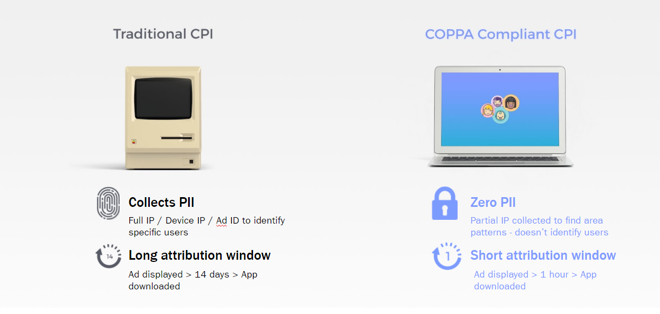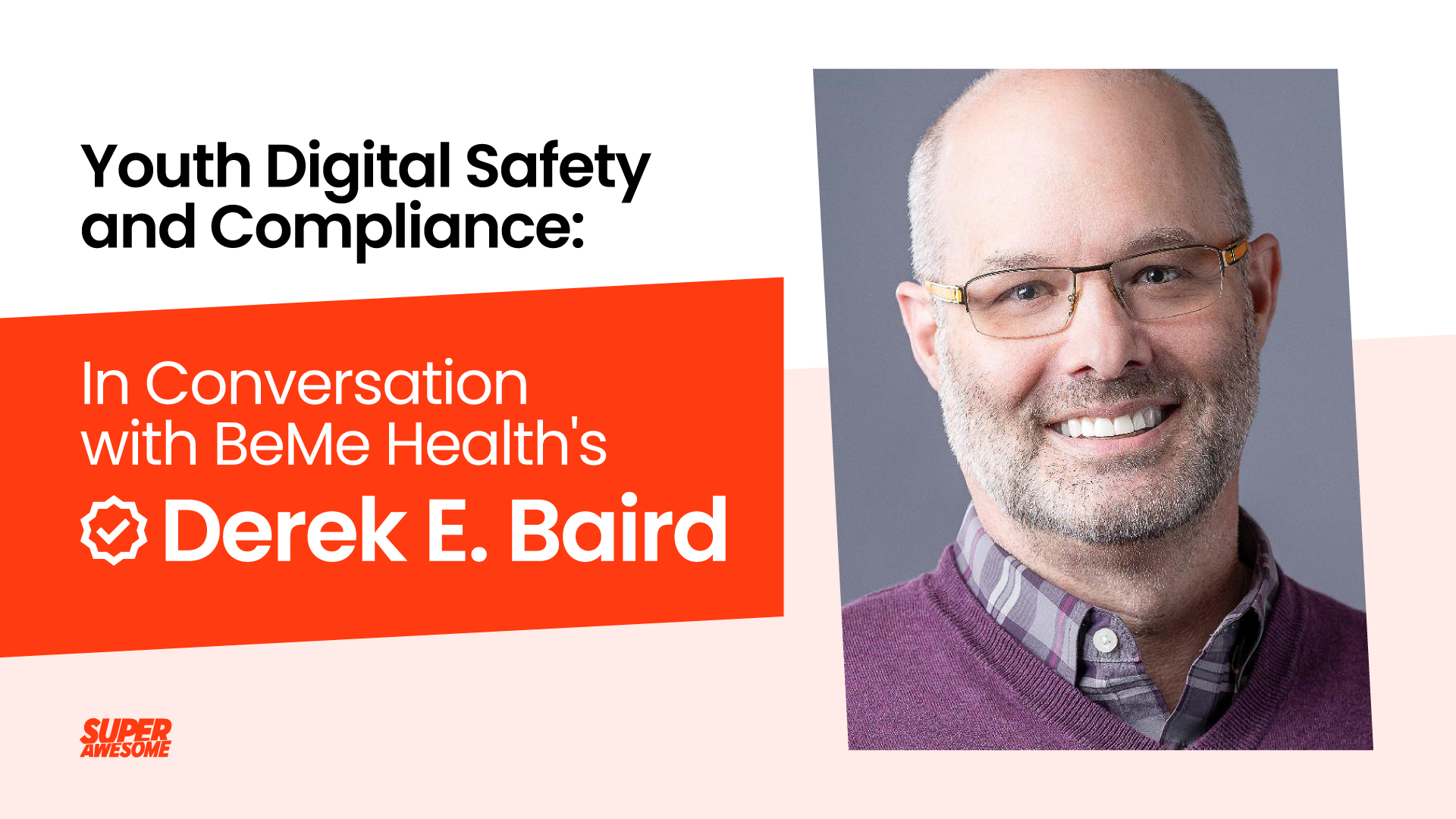Europe’s new data privacy law, the General Data Protection Regulation (GDPR), will be enforced from May 2018. This law obliges all companies with consumers based in the EU to enable new data privacy protection. For websites and apps whose audience is primarily kids, additional requirements apply, commonly known as GDPR-Kids (GDPR-K).
Part Five of our comprehensive GDPR-K Toolkit covers acquiring new users and leveraging cross-promotion.
Creating great digital content for kids is hard, but getting them to come to your site or download your app can be even harder. That is why app developers spent over $5B last year on ad campaigns to acquire new users, also known as CPI (cost-per-install) ads.
Let’s look at three aspects of safely growing a user base comprised of kids: compliant user acquisition, how to promote your content, and cross-promoting your services to existing users.
Acquiring new users in the kids space is fraught with compliance concerns, because traditional CPI for user acquisition is fundamentally non-compliant with COPPA and may be illegal under GDPR-K as well.
Here’s why: in a typical CPI campaign, the ad unit collects a device identifier in order to track whether the user who saw the ad eventually downloads and opens the advertised app. In order to ‘attribute’ the download to the original ad campaign, the CPI provider tracks user behaviour in ways we shouldn’t when it comes to under-16s. So, content owners and brands are rightly concerned about using attribution technology or CPI services invented for the adult market.
To acquire users compliantly, always run your CPI campaigns through kid-safe providers, and ask them to demonstrate that they are able to deliver downloads or traffic without tracking users across time and across domains.
If you’d like to know more about our zero-data CPI solutions, please contact us on [email protected]
In addition, persuading children that your content is worth checking out in the first place is a fine art. Kids are very ad-savvy, and presenting them with the right messaging is crucial. They make decisions about whether to engage with an ad in a fraction of a second, so you really can’t afford to put the wrong creative in front of them. Here are some tips we’ve gleaned from running hundreds of kids’ app install campaigns:
Focus on one key benefit
It’s tempting to reel off a list of all the cool things your app offers, but in reality this leads to a confusing and bloated creative on a small screen. If your app has more than one great feature, design multiple creatives with each highlighting one benefit. (This approach has the added benefit of allowing you to test which feature pulls in the most users.)
Don’t waste words
‘Free racing app’ will outperform ‘rev your engine around the track in this awesome new super-fast racing experience’ every single time. Kids need to digest your message in a tiny amount of time, so if you want them to read it keep it short.
Be clear you’re offering an app
Sounds simple, but this is often neglected, and can be easily solved by prominently displaying a Play Store or App Store logo.
If your app is free, make this SUPER clear
This matters to kids, and definitely to parents. In general, apps for under 16s should not require payment upfront, as you don’t know whether the kids’ device is shared, or if they have permission to buy in the app store.
Try different creatives. Your best performing ad unit will rarely be the one you predicted as adults don’t think like kids!
If you have multiple apps or sites, then your most effective user acquisition tool may well be cross-promotion. Kids who are already familiar with the look and feel of your apps will be more inclined to download other apps from the same family.
If you are monetising with ads, then you can use the same placement to run ads for your other apps or services. Simply put your own ad units in the fallback position in your ad server, or have your ad operations team traffic your internal ad campaigns alongside paid campaigns. The best placement for cross-promotion ads tend to be during natural ‘breaks’ between levels or on loading screens.
Be sure to use compliant tools and services when to acquiring users who are kids. Remember that messaging and creative execution are key to getting kids engaged, and your own audience can often be the best opportunity for cross-promotion.
Subscribe to the blog above to make sure you don’t miss a post.
The GDPR-K Toolkit for Kids Publishers Part One: Audit your technology partners
The GDPR-K Toolkit for Kids Publishers Part Two: Defining your audience
The GDPR-K Toolkit for Kids Publishers Part Three: Revise your privacy notices
The GDPR-K Toolkit for Kids Publishers Part Four: Safely monetise your site or app
The GDPR-K Toolkit for Kids Publishers Part Five: Kid-safe user acquisition
The GDPR-K Toolkit for Kids Publishers Part Six: Obtaining verifiable parental consent
Fade Alawaye is Head of Ad Operation & Yield at SuperAwesome.







